Scientists are people too, a new book reminds readers
The Shape of Wonder humanizes scientists by demystifying the scientific process and showing the personal side of researchers.
Every print subscription comes with full digital access

Sporting the world’s largest digital camera, the new telescope is poised to help solve some of the universe’s biggest mysteries.

The Shape of Wonder humanizes scientists by demystifying the scientific process and showing the personal side of researchers.
Aerosols, small particles in the atmosphere like salt and dust, may offset a third of human-caused climate warming, though their influence is fading.
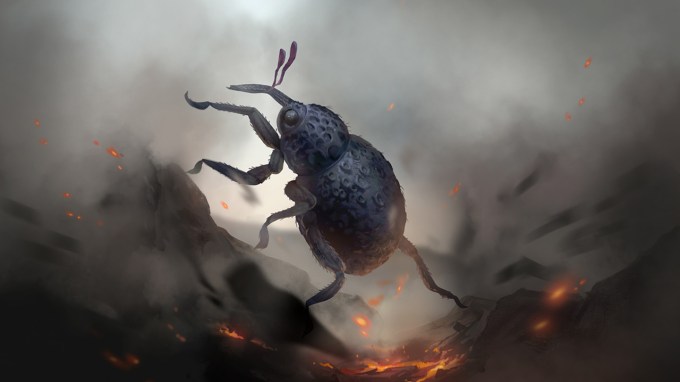
There are no real phoenixes hiding anywhere. But science has revealed that some living things can take quite a bit of heat.

Scientists and journalists share a core belief in questioning, observing and verifying to reach the truth. Science News reports on crucial research and discovery across science disciplines. We need your financial support to make it happen – every contribution makes a difference.
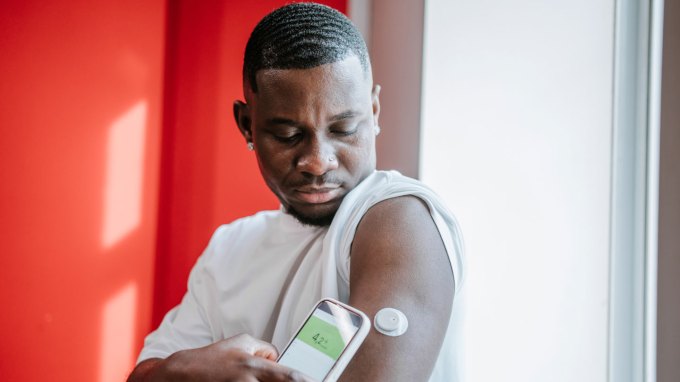
Continuous glucose monitors are now readily available. With guidance, they can help people make small dietary and lifestyle changes for better health.

In a small cell therapy trial, 10 out of 12 people with type 1 diabetes no longer needed supplemental insulin, even a year after treatment.

The Proba-3 spacecraft succeed at creating solar eclipses, kicking off a two-year mission to study the sun’s mysterious outer atmosphere, the corona.
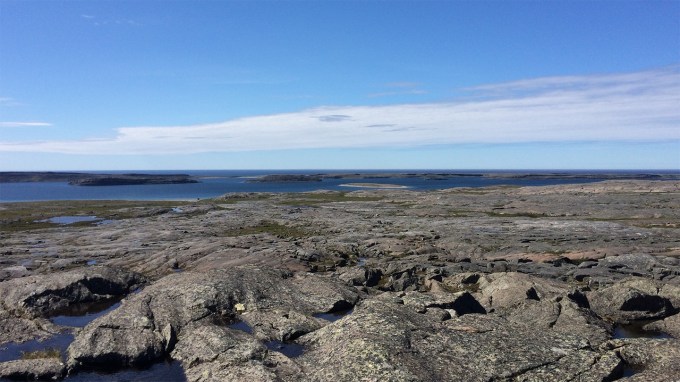
If the new age of these Canadian rocks is solid, they would be the first and only ones known to have survived Earth’s earliest, tumultuous time.
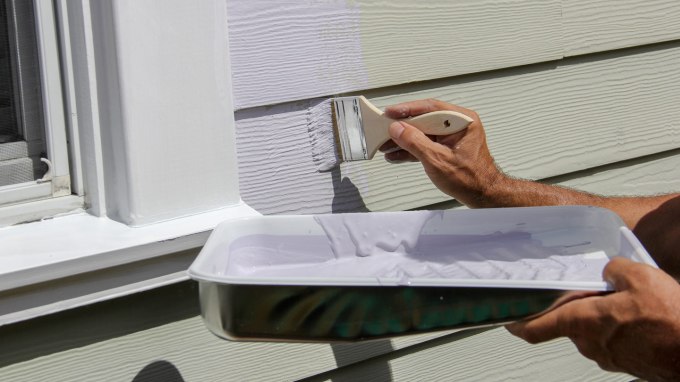
This experimental paint reflects sunlight, emits heat and mimics sweating to cool buildings without air conditioning, even in the tropics.
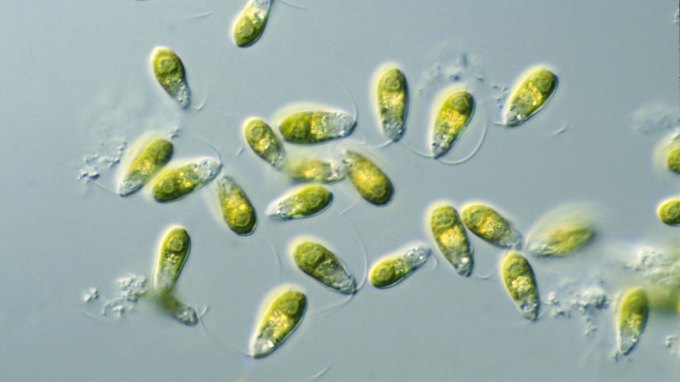
Algae grown under Mars-like conditions could make bioplastic building materials for structures to harbor life in space.

AI models such as ChatGPT consume serious power. Experts break down where that energy goes, and what you can do to help.
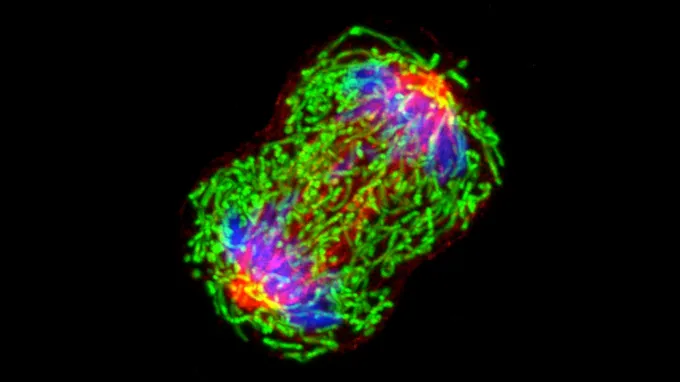
Tiny, newly formed tumors shed small fragments of DNA that are swept into the bloodstream. Future cancer screening tests could detect them early.

A new study of more than 2,500 children under 5 found little difference in autism symptoms between boys and girls.
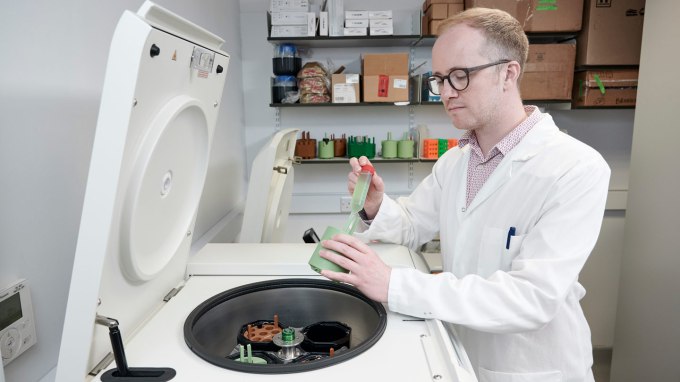
With genetic tweaks, E. coli turned 92 percent of broken-down plastic into acetaminophen, charting a path to upcycle plastic waste sustainably.
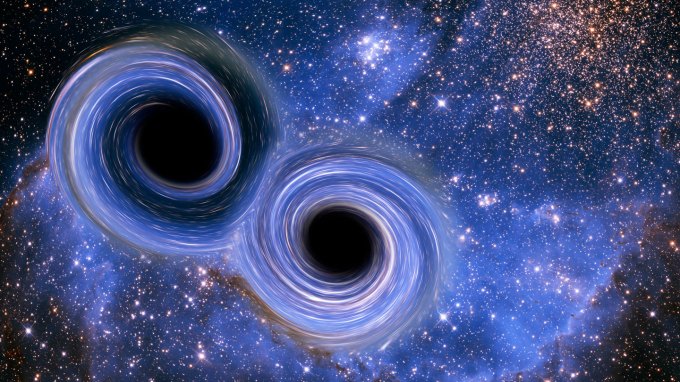
Gravitational waves spotted by LIGO reveal two black holes, 140 and 100 times the mass of the sun, merged to become a 225 solar mass behemoth.
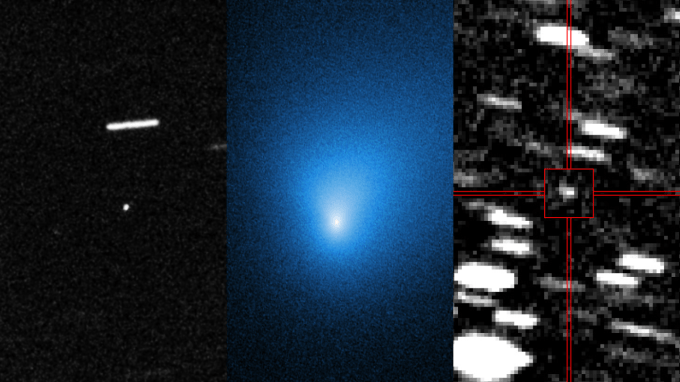
Scientists have found a new interstellar object whizzing toward the sun.

Even without reaching heat wave levels, sustained high temperatures may contribute to a litany of health issues.

Sneaky chemistry by a real-life “Last of Us” Cordyceps fungus mind controls its zombie insect victims by convincing them they’re starving.
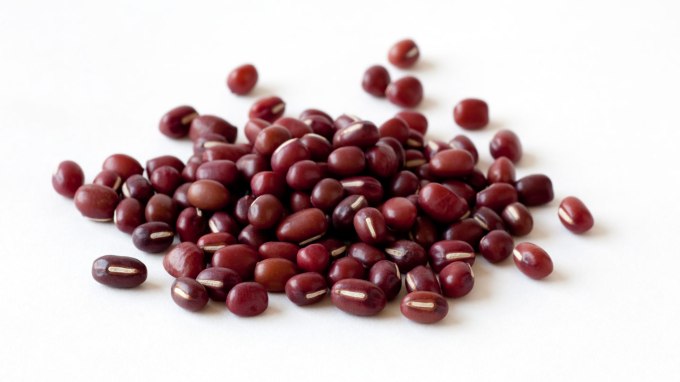
The origin of red beans — also called adzuki — has been murky. A new study says Japan is where it all started.
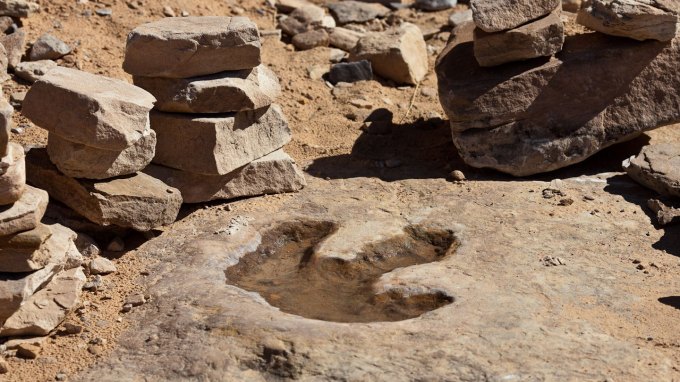
Tracks of dinosaur footprints can hint at how fast the extinct animals moved. Here’s how guinea fowl can help fact-check those assumptions.
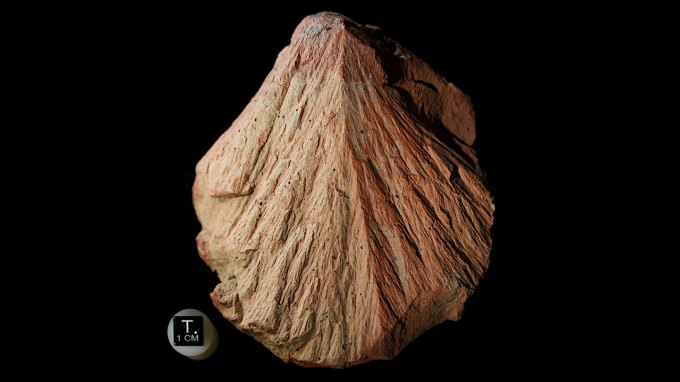
Strange cone-shaped rocks led scientists to the hidden remains of one of Earth’s oldest asteroid impacts. It could help us find fossil life on Mars.
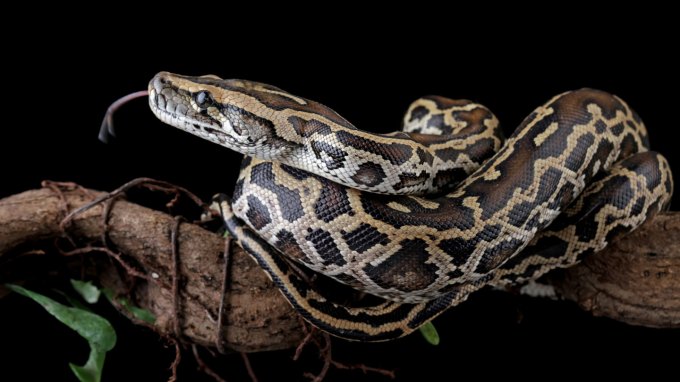
The cells helps the snakes absorb the bones of their prey — and might show up in other animals that chomp their meals whole.
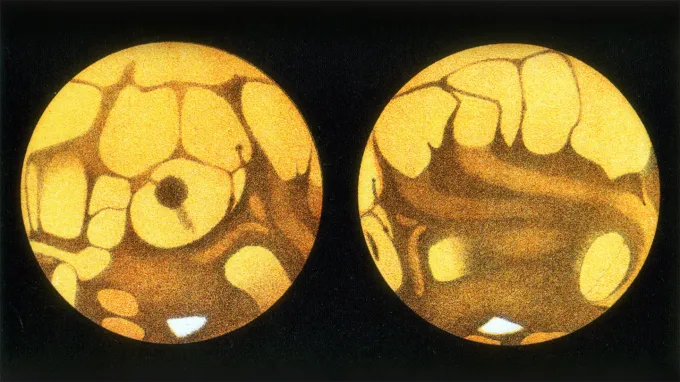
In The Martians, journalist David Baron recounts scientific and public debate over purported intelligent life on the Red Planet.
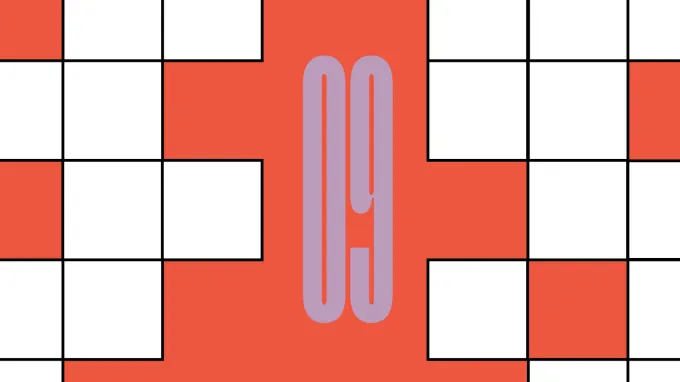
Solve our latest interactive crossword. We'll publish science-themed crosswords and math puzzles on alternating months.
Subscribers, enter your e-mail address to access the digital replica edition.